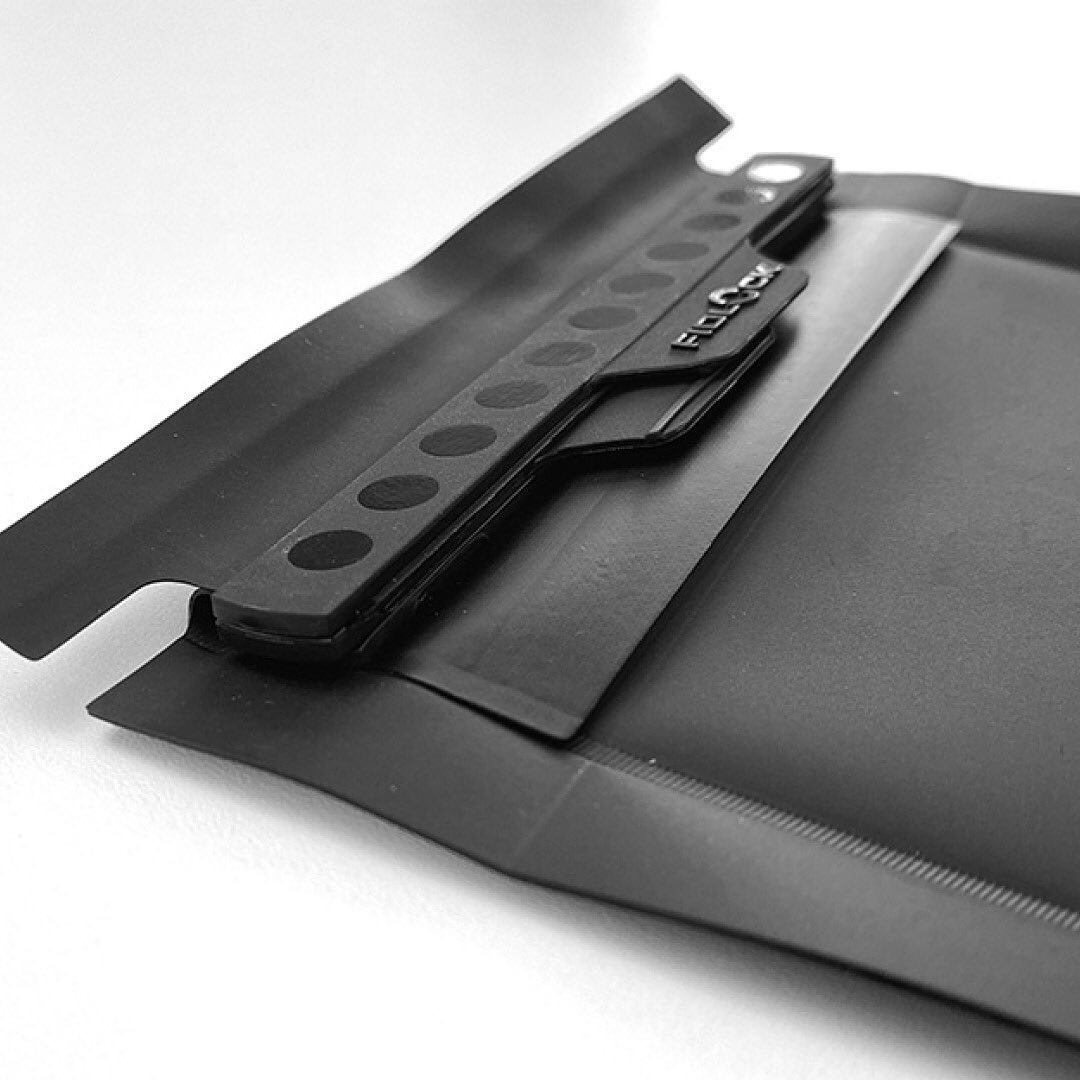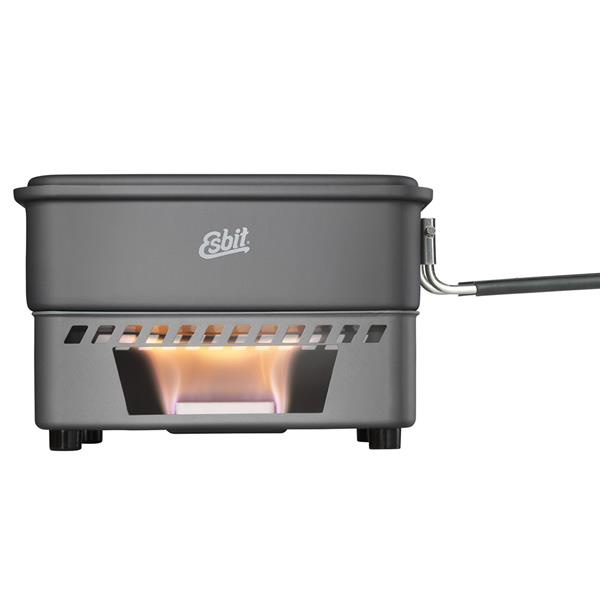
JOINT BASE SAN ANTONIO-LACKLAND, Texas (AFNS) — Registration is now open for the inaugural San Antonio Innovation Summit.
With the theme of “Accelerate Change,” the summit takes place Aug. 3-4 at the Henry B. González Convention Center. The event – a partnership between the Air Force Installation and Mission Support Center, Air Force Civil Engineer Center, Air Force Security Forces Center, Air Force Services Center, Air Force Personnel Center, Air Education and Training Command, and AFWERX – will bring innovation collaboration opportunities to an expanded installation and mission support audience.
Registration is free and the summit is open to everyone including military, civilians, community members and industry.
“We’re excited to work with our local partners to bring leading government and industry innovation experts together in San Antonio,” said Marc Vandeveer, AFIMSC chief innovation officer. “The more we educate and train our innovative Airmen how to connect to the innovation ecosystem and bring their ideas to life, the more we empower them to succeed.”
The summit will include speakers and breakout sessions highlighting successes, failures, lessons learned and paths taken to successfully implement innovative projects across the Department of the Air Force and Department of Defense. Functional experts in civil engineering, services, security forces, personnel and contracting will share their vision about the future of innovation and help innovators pave a path toward sustainment.
Guest speakers include experts from Air Force Ventures, AFWERX, Platform One, Tech Port San Antonio, National Security Innovation Network, Defense Innovation Unit, Air Force Gaming, and Business and Enterprise Systems Product Innovation office.
Innovation panels will include presentations, and question and answer sessions, on the topics ranging from artificial intelligence, machine learning, small unmanned aerial systems, augmented and extended reality, to autonomous mowers, robotic process automation and next-generation gaming.
“In order to maintain our competitive advantage across the air and space domain, we need every Airman and Guardian to make change a priority. The San Antonio Innovation Summit will give them the tools they need to innovate and, more importantly, implement that innovation at the speed of relevance,” Vandeveer said.
The summit will also feature a vendor exposition highlighting successful projects currently in progress with many Air Force and DoD partners including Microsoft, UiPath, Booz-Allen-Hamilton, Mobilize, Aerial Applications, Athenium, 3rd Insight, Clarity, Oddball and Renu Robotics.
Registrants will receive the full agenda. Event organizers are also planning a virtual stream for those unable to attend in person. More details will be provided as they become available.
To register, visit here.
By Shannon Carabajal, Air Force Installation and Mission Support Center Public Affairs























































































































